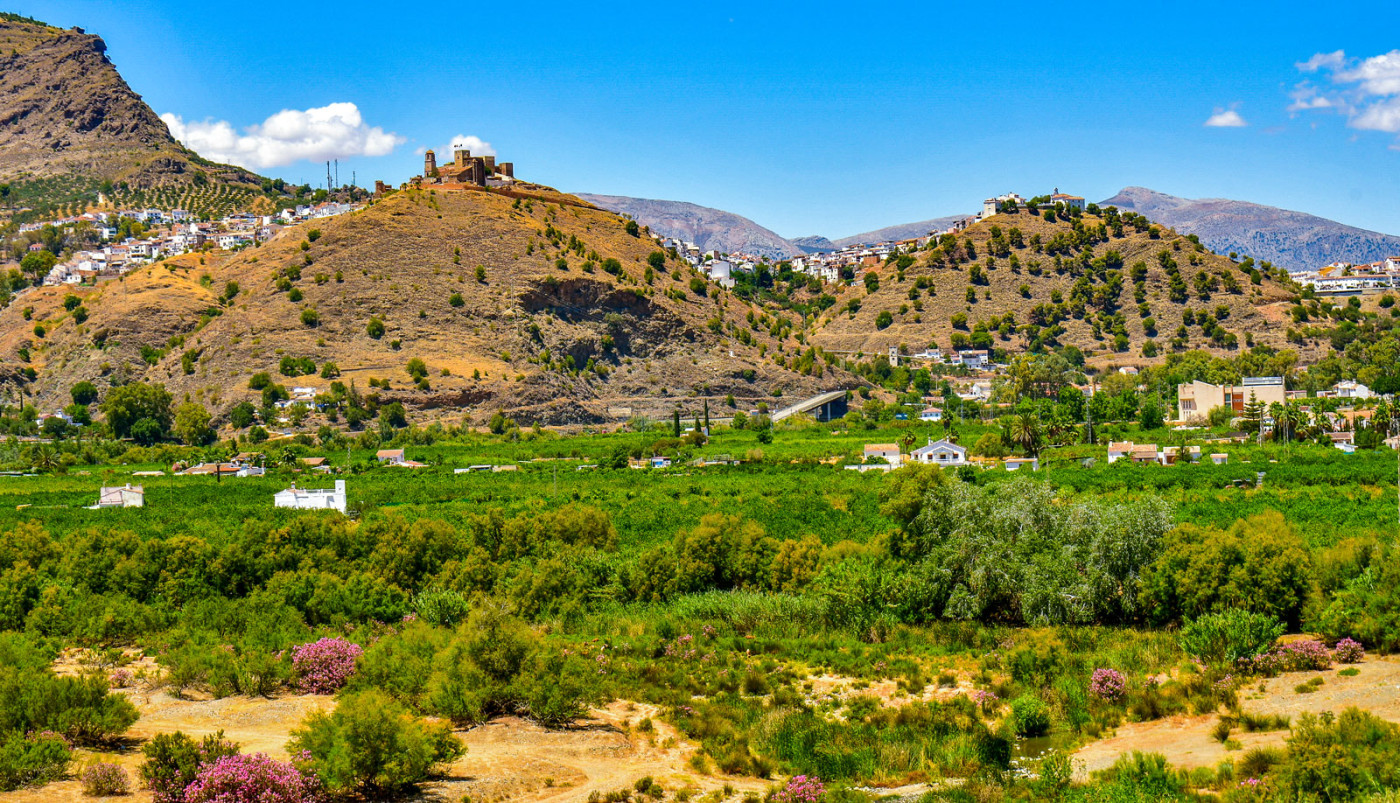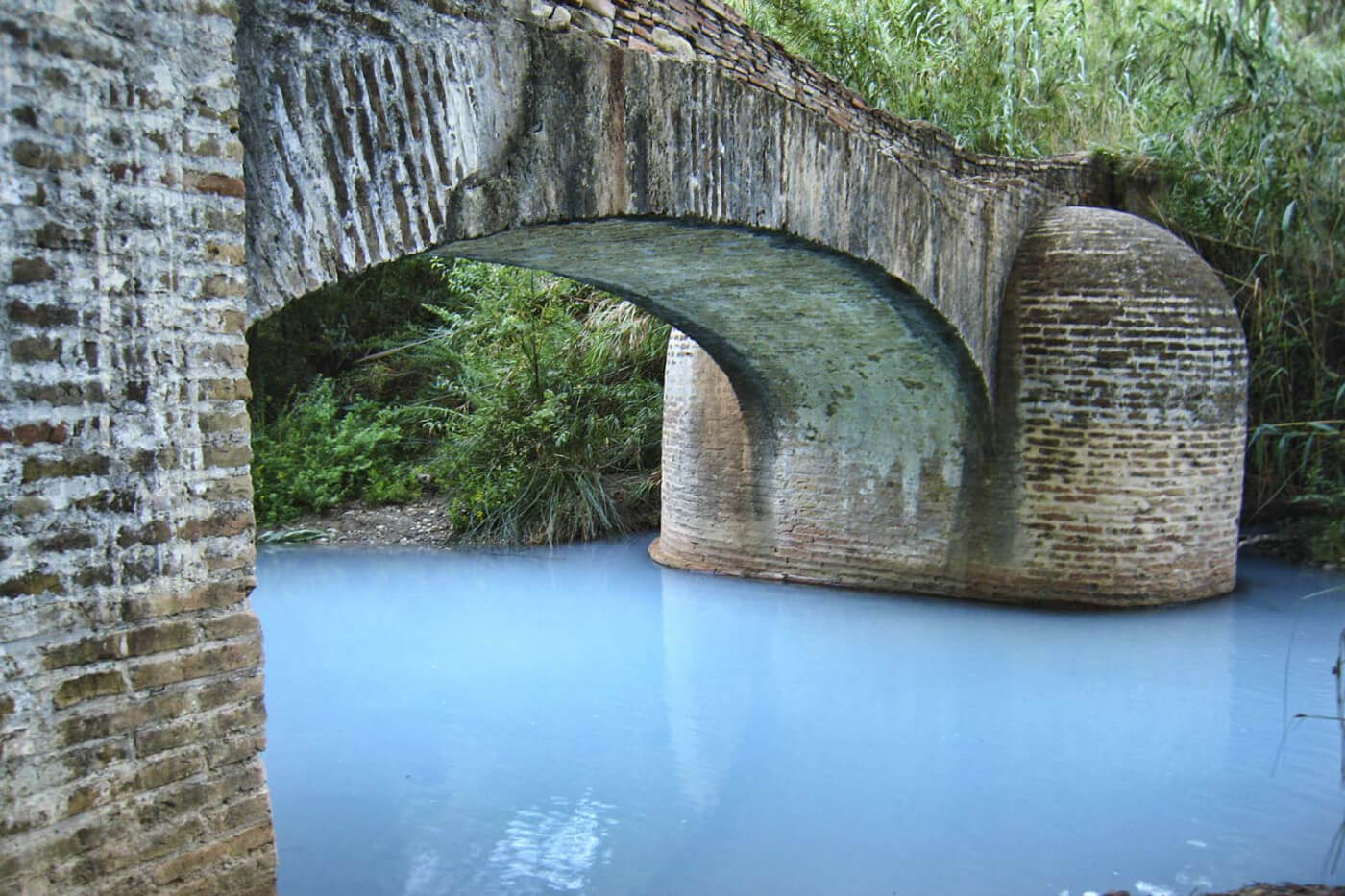According to Kelly Summerell, Director of Mediterranean Homes, demand for rural properties in the rural inland areas of Spain has never been so high. As part of our research into why there has been such a surge in interest in buying inland properties in Spain, we asked Kelly to give us her thoughts from her own experience of having direct contact with property buyers and sellers on a daily basis

Q&A With Kelly Summerell
Kelly has over 20 years of experience in selling property in Spain and in 2019, she opened up her own estate agency, Mediterranean Homes which is based in Coín. Mediterranean Homes has become one of the most reputable estate agents in the South of Spain, renowned for being able to efficiently manage the transaction of rural properties with particularly difficult paperwork, that a lot of fincas and other old properties come with!
1. Do you think the demand for rural properties will continue?
Inland living is about enjoying the Spanish life a little more as the coast has become a bit of a "rat race!" The inland area around the Costa del Sol is ideal as it’s still close to the coast (a 30-minute drive away on average) and the airport (Malaga airport is around a 30-minute drive away from most places in the Guadalhorce Valley) and you live within a Spanish community. You have lost that on the coast. I think there will always be a demand for this area.
Directions from Coin to the beaches in Cala de Mijas
Directions from Coin to Malaga Airport
2. In your opinion, what has caused the surge in interest for inland properties in Spain?
First and foremost, prices are much cheaper up here than they are on the coast. Overall, the living costs are cheaper in the countryside, too. You have a fab selection of restaurants, the villages in this area are all very pretty it’s also about the appeal of living within a friendly, slow-paced Spanish community.
3. What demographic are primarily buying inland properties in Spain?
Buyers are coming from Belgium, the UK, Canada, Spain and more recently, America. There is a good mix of retired couples, families, young couples, people now working remotely and also people that are looking at buying properties to rent them out on a short-term basis as holiday lets.
4. Are there any rural areas in particular that are in high demand?
We find buyers are mainly looking to buy property in the following areas: Alhaurín el Grande, Coín and Monda, then followed by Guaro, Alora, Casarabonela, Tolox…
Here are the areas covered by Mediterranean Homes...
5. Are there any kinds of properties in particular that are in high demand?
Country properties with pools, views and with some kind of annexe for visiting friends & family.
Further Research Into The Growing Popularity Of Rural Homes in Spain
1. Affordability and Value for Money
Compared to coastal areas and major cities, inland properties offer more affordable prices. According to TINSA, a leading Spanish property valuation company, property prices in inland Andalusia are substantially lower than those in coastal regions like Costa del Sol. This affordability attracts both domestic and international buyers looking for better value for their money.
2. Quality of Life
Inland areas provide a high quality of life with less congestion, lower crime rates, and a more relaxed lifestyle. According to the Spanish National Statistics Institute (INE), many inland towns in Andalusia have lower crime rates and better air quality than coastal cities. Additionally, the pace of life is slower, and the communities are often tight-knit, appealing to retirees and families.
3. Tourism and Heritage Appeal
The inland regions of the South of Spain, particularly Andalusia, are rich in cultural heritage and natural beauty. Towns like Mijas, Cala de Mijas, and Malaga attract tourists year-round due to the climate, affordable flight ticket prices and cheaper prices for eating and drinking out. Not to mention the fantastic beaches, gorgeous landscapes and amazing people! According to the World Tourism Organization, Spain is one of the top tourist destinations globally, and Andalusia receives a significant portion of these tourists. This tourism boom has led to an increase in demand for short-term rental properties and second homes.
4. Remote Work Trend
The COVID-19 pandemic has accelerated the trend towards remote work. Many people now seek properties in quieter, more scenic locations away from the crowded urban centres. A report by Knight Frank suggests that remote work has increased the appeal of rural and semi-rural areas in Spain. Inland areas in the South of Spain offer the perfect balance of tranquillity and connectivity.
5. Investment Potential
Investors are increasingly looking at inland properties for their potential for capital appreciation and rental income. According to the Royal Institution of Chartered Surveyors (RICS), there is growing interest in investment properties in inland Spain due to their lower entry prices and high rental yields compared to other parts of Europe.
6. Infrastructure Development
There have been significant improvements in infrastructure in inland regions, making them more accessible. The development of high-speed rail networks (AVE) and improved road connections have made it easier to travel between inland towns and major cities. This has reduced the isolation of these areas and made them more attractive to property buyers.
Conclusion
The combination of affordability, quality of life, cultural appeal, remote work trends, investment potential, and improved infrastructure has led to a high demand for properties in the inland areas of the South of Spain. This trend is expected to continue as more people recognise the benefits of living or investing in these more rural locations in the South of Spain.
Sources:
Grupo TINSA - Property Valuation Reports
Instituto Nacional de Estadística (INE) - Crime Rates and Air Quality Data
World Tourism Organisation - Tourism Statistics
Knight Frank - Remote Work and Property Market Trends
Royal Institution of Chartered Surveyors (RICS) - Investment Property Reports
Spanish Ministry of Transport - Infrastructure Development Reports
Useful Links
View our properties exclusively for sale through Mediterranean Homes
Find out how much your property in the South of Spain is worth





